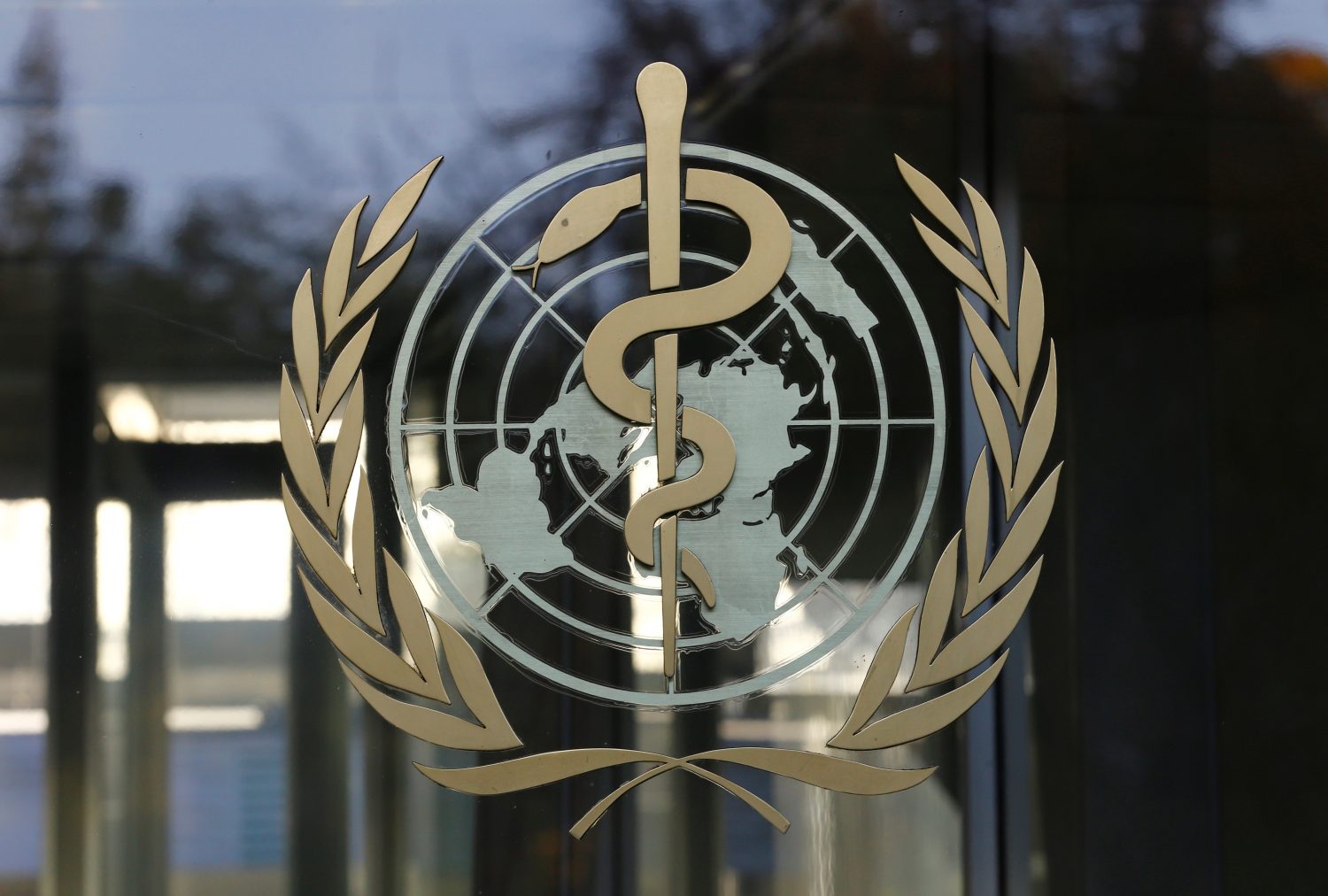
By Kate Kelland
LONDON (Reuters) – The world will inevitably face another pandemic of flu and needs to prepare for the potential devastation that could cause, and not underestimate the risks, the World Health Organization (WHO) said on Monday.
Outlining a global plan to fight the viral disease and get ahead of a potential global outbreak, the WHO said the next influenza pandemic “is a matter of when not if”.
“The threat of pandemic influenza is ever-present,” Tedros Adhanom Ghebreyesus, the WHO’s director-general, said in a statement. “We must be vigilant and prepared; the cost of a major influenza outbreak will far outweigh the price of prevention.”
The world’s last flu pandemic was caused by the H1N1 virus, which spread around the world in 2009 and 2010. Studies of that pandemic found that at least one in five people worldwide were infected in the first year, and the death rate was 0.02 percent.
Global health experts and the WHO warn there is a risk that a more deadly flu virus will one day jump from animals to people, mutate and infect many hundreds of thousands of people.
Flu viruses are multiple and ever-changing, and they infect around a billion people every year around the world in seasonal outbreaks. Of those infections, around 3 to 5 million are severe cases, leading to between 290,000 and 650,000 seasonal flu-related respiratory deaths.
Vaccines can help prevent some cases, and the WHO recommends annual vaccination – especially for people working in health care and for vulnerable people such as the old, the very young and people with underlying illness.
The WHO plan – which it described as its most comprehensive to date – includes measures to try to protect populations as much as possible from annual outbreaks of seasonal flu, as well as prepare for a pandemic.
Its two main goals, the WHO said, are to improve worldwide capacities for surveillance and response – by urging all governments to develop a national flu plan, and to develop better tools to prevent, detect, control and treat flu, such as more effective vaccines and antiviral drugs.
(Reporting by Kate Kelland, editing by Gareth Jones)

 The 2009 swine flu pandemic killed an estimated 284,500 people. The total is more than 15 times the number confirmed by laboratory tests at the time, according to a study published in the Lancet Infectious Diseases journal.
The 2009 swine flu pandemic killed an estimated 284,500 people. The total is more than 15 times the number confirmed by laboratory tests at the time, according to a study published in the Lancet Infectious Diseases journal.

